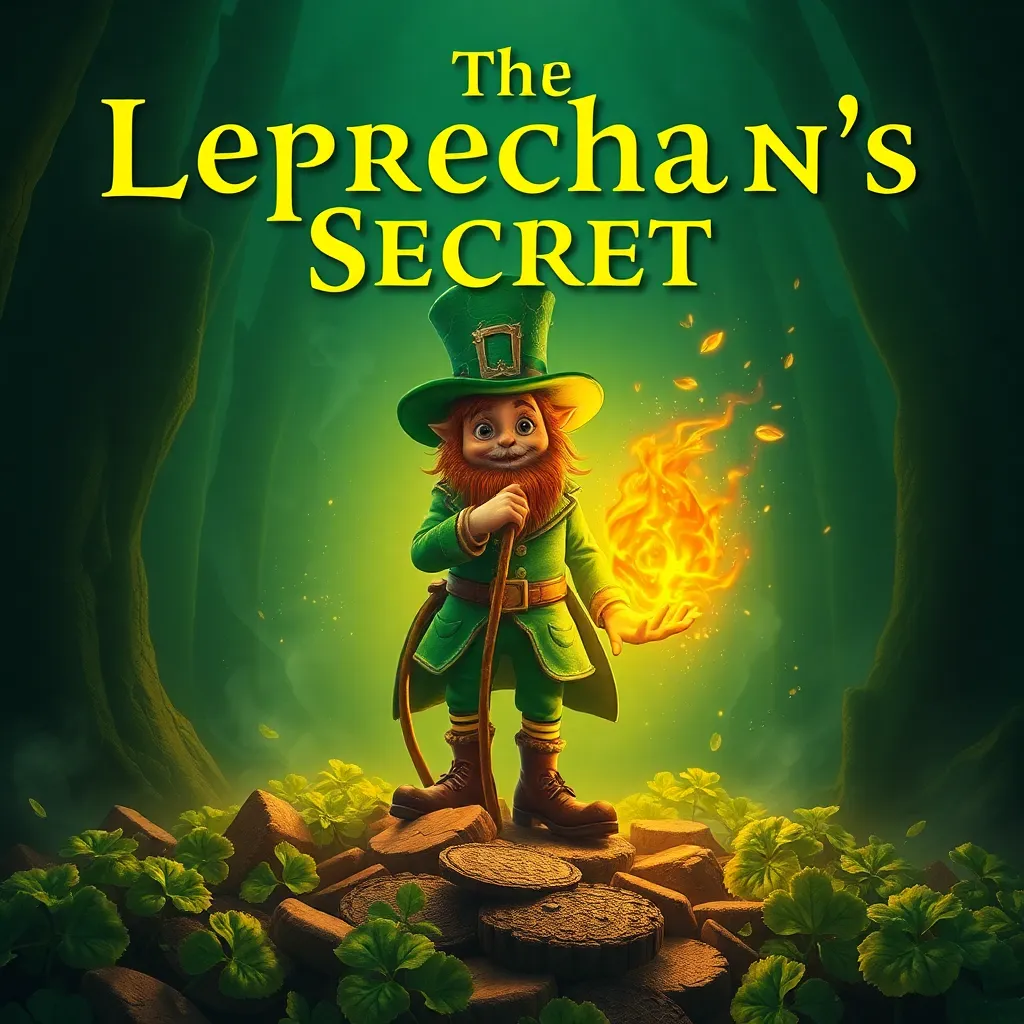The Leprechaun’s Secret: Uncovering the Hidden Meanings Behind the Myths
I. Introduction
The leprechaun is one of the most recognizable figures in Irish folklore, often depicted as a small, bearded man wearing a green coat and hat. This mythical creature has captivated imaginations for centuries, embodying themes of magic, mischief, and mystery. The stories surrounding leprechauns are rich in symbolism and cultural significance, making it essential to explore the hidden meanings behind these tales. By delving into the origins, symbolism, and modern interpretations of leprechaun myths, we can uncover the deeper messages they convey about wealth, luck, and the human experience.
II. The Origins of the Leprechaun Myth
The origins of the leprechaun myth can be traced back to ancient Irish folklore. Initially, leprechauns were thought to be solitary fairies or shoemakers, known for their craftsmanship and trickery. Historical texts, such as the Annals of the Four Masters, reference beings called “leprechauns” or “luchorpán,” which translates to “little body” in the Irish language.
Over time, the leprechaun figure evolved, incorporating various elements from Celtic mythology and local beliefs. The transformation of leprechauns into the modern image we recognize today has been influenced by:
- Folklore adaptations
- Literary portrayals
- Artistic interpretations
As the leprechaun mythos expanded, it began to symbolize more than just a trickster; it became a potent icon representing Irish identity and cultural heritage.
III. Symbolism of the Leprechaun
Leprechauns are often associated with themes of wealth and prosperity. The legendary pot of gold that they guard at the end of the rainbow serves as a metaphor for the treasure that lies beyond one’s reach. This connection to wealth brings with it various interpretations:
- Representation of wealth: The pot of gold symbolizes not just material riches, but also the pursuit of dreams and the rewards of hard work.
- Connection to the earth: Leprechauns are often depicted as guardians of the land, representing a deep bond with nature and the environment.
These themes reflect the historical context of Irish society, where stories of leprechauns served as cautionary tales about greed and the consequences of materialism.
IV. The Role of Trickster Archetypes
The leprechaun embodies the archetype of the trickster, a figure found in various cultures around the world. Tricksters are known for their cunning and cleverness, often challenging societal norms and conventions. The leprechaun’s playful nature and penchant for mischief resonate with similar figures in other mythologies, such as:
- Raven in Native American folklore, often a creator and a trickster.
- Coyote in many Indigenous cultures of North America, known for its deceptive antics.
- Anansi in African folklore, a spider who uses wit to outsmart others.
Through these comparisons, we see the universal appeal of the trickster archetype, which serves to teach moral lessons while entertaining audiences.
V. Themes of Luck and Fortune
Luck is a central theme in leprechaun stories, symbolizing the capricious nature of fortune. Tales often portray leprechauns as offering both blessings and curses, highlighting the duality of luck. This duality can be expressed in several ways:
- Fortunate encounters: Finding a leprechaun may lead to unexpected wealth and opportunities.
- Trickery and misfortune: Attempting to capture a leprechaun can result in unexpected consequences, reflecting the idea that greed can lead to downfall.
This ambivalence surrounding luck suggests a deeper commentary on human desire and the unpredictability of life.
VI. The Quest for the Pot of Gold
The quest for the pot of gold is a prominent motif in leprechaun lore, symbolizing the pursuit of dreams and aspirations. The elusive nature of the pot, often said to be hidden at the end of a rainbow, serves as a reminder that true wealth is often just out of reach. Metaphorically, this quest can be interpreted in various ways:
- Personal growth: The journey toward the pot of gold reflects the challenges individuals face in their own lives.
- Societal critique: The relentless chase for material wealth can lead to disillusionment and emptiness.
Ultimately, the quest for the pot of gold encourages introspection about what truly constitutes value in one’s life.
VII. Modern Interpretations and Cultural Impact
In contemporary media, leprechauns are portrayed in various ways, from children’s cartoons to Hollywood movies. These representations often emphasize the whimsical aspects of leprechauns, sometimes overshadowing their deeper cultural significance. Popular culture has shaped the leprechaun into a symbol of Irish heritage, but it has also contributed to stereotypes that simplify this rich mythology.
Some notable examples of modern leprechaun portrayals include:
- The Leprechaun film series: A horror-comedy franchise that plays on the traditional concept of leprechauns.
- Lucky Charms cereal: A marketing embodiment of the leprechaun as a friendly mascot.
- St. Patrick’s Day celebrations: Where leprechauns are often depicted in parades and festivities, reinforcing their playful image.
While these portrayals bring joy and entertainment, they can sometimes obscure the deeper meanings embedded in the original folklore.
VIII. Conclusion
The leprechaun myth is a fascinating tapestry of folklore, symbolism, and cultural significance. Through exploring the origins, symbolism, and modern interpretations, we uncover hidden meanings that resonate with the human experience. Leprechauns remind us of the complexities of wealth, the unpredictability of luck, and the importance of understanding our aspirations. In today’s society, these stories continue to be relevant, encouraging reflection on what it means to seek treasure, both material and metaphorical. As we engage with these myths, we honor the rich heritage of Irish folklore while recognizing the universal themes that connect us all.



